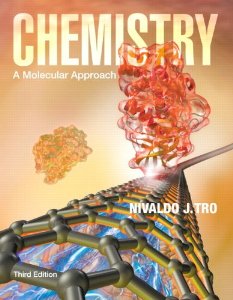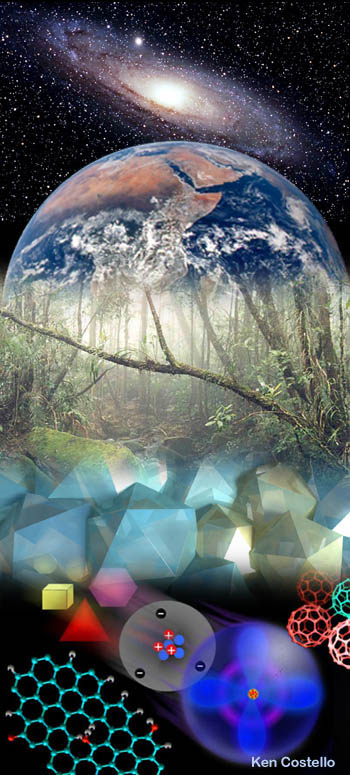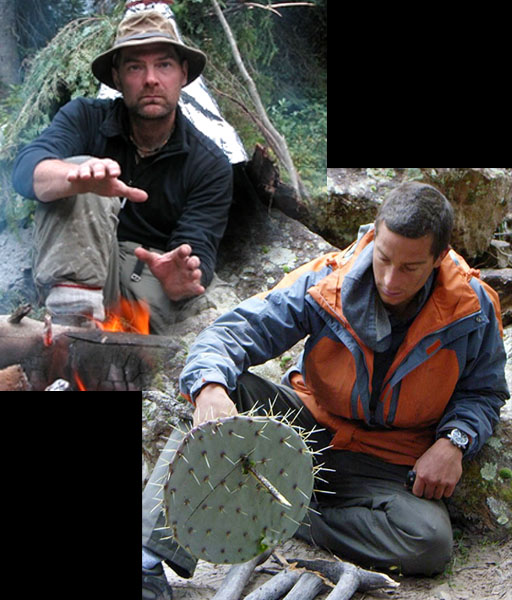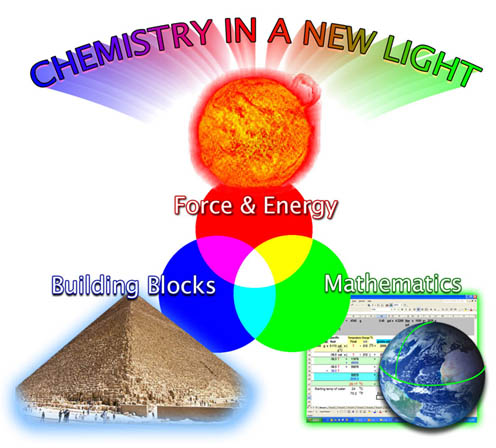| Phoenix College (online Course) (Section 21070 Fall Semester 2014) |
INSTRUCTOR |
|
Mr. Ken Costello
Email: chm151@chemistryland.com Phone: 480 202-2993 (cellphone #) Office Hours: Since I only teach online, I don't have an office on campus; however, I check my email every day and throughout the day. I do make appointments to come to the campus to meet with students when needed.
|
||
| TEXTBOOKS:
A couple of years ago the department adopted a whole new textbook. The new textbook: "Chemistry: A Molecular Approach" 3rd Edition is the newest one in the bookstore. It's probably around $200. They also have study guides, solution manuals, and other supplemental books. With all of these that could be around $500. Don't spend your money on those extras. I also allow the first and second editions of new textbook. The advantage of the older editions is that they are much cheaper. If you bought the new one at the bookstore, you can return it for full refund during the first week of school (and perhaps a little longer). Don't tell them I'm letting you use some older versions. They might get angry with me. On Amazon, the new book is about $150. They also have a Kindle version. www.chegg.com also has some good deals on the first and second editions.
Here are some links that can help you search out the first and second edition of Tro's book. If you order these online, try to find a seller that has an expedited delivery (about 3 business days) otherwise it could take a couple of weeks.
I did find some used copies of the loose leaf version of the first edition at Amazon for $15.
Here is a link to the hardback version of the first edition of Tro's "Chemistry: A Molecular Approach". I see some at $9:
Here is the second edition in hardback. They start around $20 and more. Other CHM151 instructors are requiring the 2nd edition.
Here is the second edition for about $15 at www.chegg.com. In this case, buying a used one is cheaper than renting it.
Good luck with textbook shopping. If you have any questions, don't hesitate to ask. You won't need the textbook for the first group of tutorials and quizzes. |
||
First Edition |
Second Edition |
Third Edition |
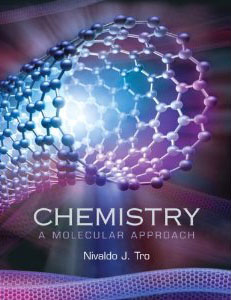 |
 |
|
Your instruction will not just come from the textbook. Over several years I have developed tutorials that cover much of the same material that is in the textbook. So you have both sources to learn from. The advantage of these online tutorials is that I can use many more images to make learning easier. |
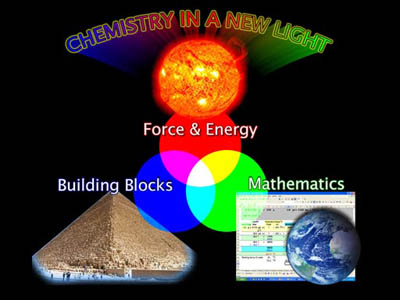 |
|
